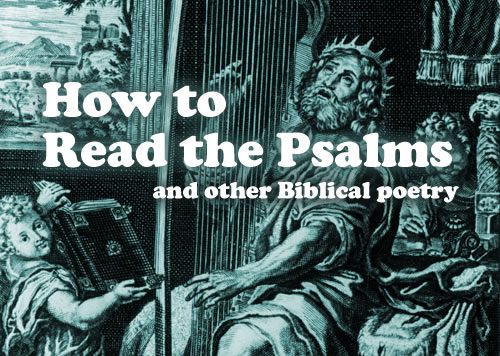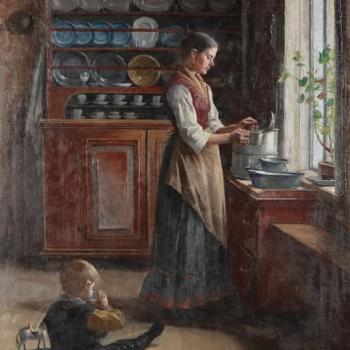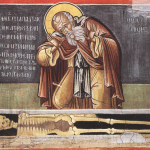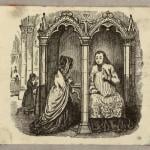Poetry is a dying art. Few people write it, read it, or would even know how to if they tried. It requires a heart, an imagination, and the ability to sit within a tension. In today’s sound-bite culture people have lost the essential ability to read with the kind of reflection and pacing necessary to read a poem.
This is a deeply tragic cultural illiteracy. Being unable to dwell in poetry means you are unable to dwell in the world of the Bible because so much of the Bible is poetry.
Obviously there are poems that make up the Psalms, but poems also are scattered throughout almost every book of the Bible in one way or another. The prophets are almost entirely written in poetic form and some of the deepest theology in the New Testament is created employing forms of parallelism in the Greek text that dwell on the rich heritage of Hebrew Poetry (look at Philippians 2 for example). Jesus himself used poetry more than any other source to frame and define his action to the Jewish world he inhabited.
Understanding biblical poetry is essential to understanding the Bible as a whole.
I have had difficulty learning how to read poetry in the Bible. For many years I struggled. Biblical poetry doesn’t rhyme. It doesn’t have meter. Even after I learned the original languages of the Bible I found it difficult.
The thing that helped open up the poetry of the Bible was learning about a feature of biblical poetry called parallelism. What parallelism basically means is that one line of poetry has a direct relationship with another line of poetry, and must be read in that relationship in order to be understood. The meaning of the passage is not just in the lines themselves but in the tension created between the two lines. It’s like creating a perception of depth by seeing a truth through both eyes.
Parallelism can function in a number of ways. A few years ago a teacher at seminary, Robert L Hubbard , Jr. helped me to understand this better using the symbols = < and >. I would go through a poem and make one of these three marks next to each line to help me think about the relationship between the two lines. I will explain what each symbol means below:
If a line of poetry is = to the line that follows it then the parts of the lines are interchangeable. The second line ECHOES the first line.
An example of this kind of poetry can be found in Amos 8:10
- I will turn your feasts into mourning
- and all your songs into lamentation;
You could switch Feasts with Songs or Mourning with Lamentations and the meaning stays about the same.
You could also see a form of this kind of comparison where the second line is actually trying to CONTRAST the first line. In this situation the parts are not so much interchangeable but in direct tension with one another semantically. In a case like this you might use the “≠” sign.
If a line of poetry is > to the line that follows it. The second line is used to qualify the first line, and help bring the first line into great clarity or more completeness.
This can be done by qualify the time of the first line, the reason for the first line, or the means of the first line. In other words the second line can show how, why, or when the first line came about.
An example of this is given in Amos 5:20
- Will not the day of the LORD be darkness,
- not light–pitch-dark, without a ray of brightness?
The second line deepens the understanding of the first line
If a line of poetry is < to the line that follows it. The first line is used to introduce the second line, and the second line expands or completes the first line.
This can be used to continue the first line, compare something in the first line, intensify something in the first line, so specify something in the first line (this can be spatial, explanatory, for dramatic effect, or give the purpose of the first line).
An example of this is given in Amos 7:11
- Jeroboam will die by the sword,
- and Israel will surely go into exile, away from their native land
This set of verses lays out a series of events. Line one happens and then line two happens.
This little tool isn’t the end of studying Hebrew poetry, but it has helped me a great deal. Ever since I started reading with these eyes the Psalms have come alive to me. Give it a try print out a psalm and go through each line looking for a matching line before or after it. Try to figure out what relationships are at play. Let me know what your experience is like reading for parallelism in the comments below!













